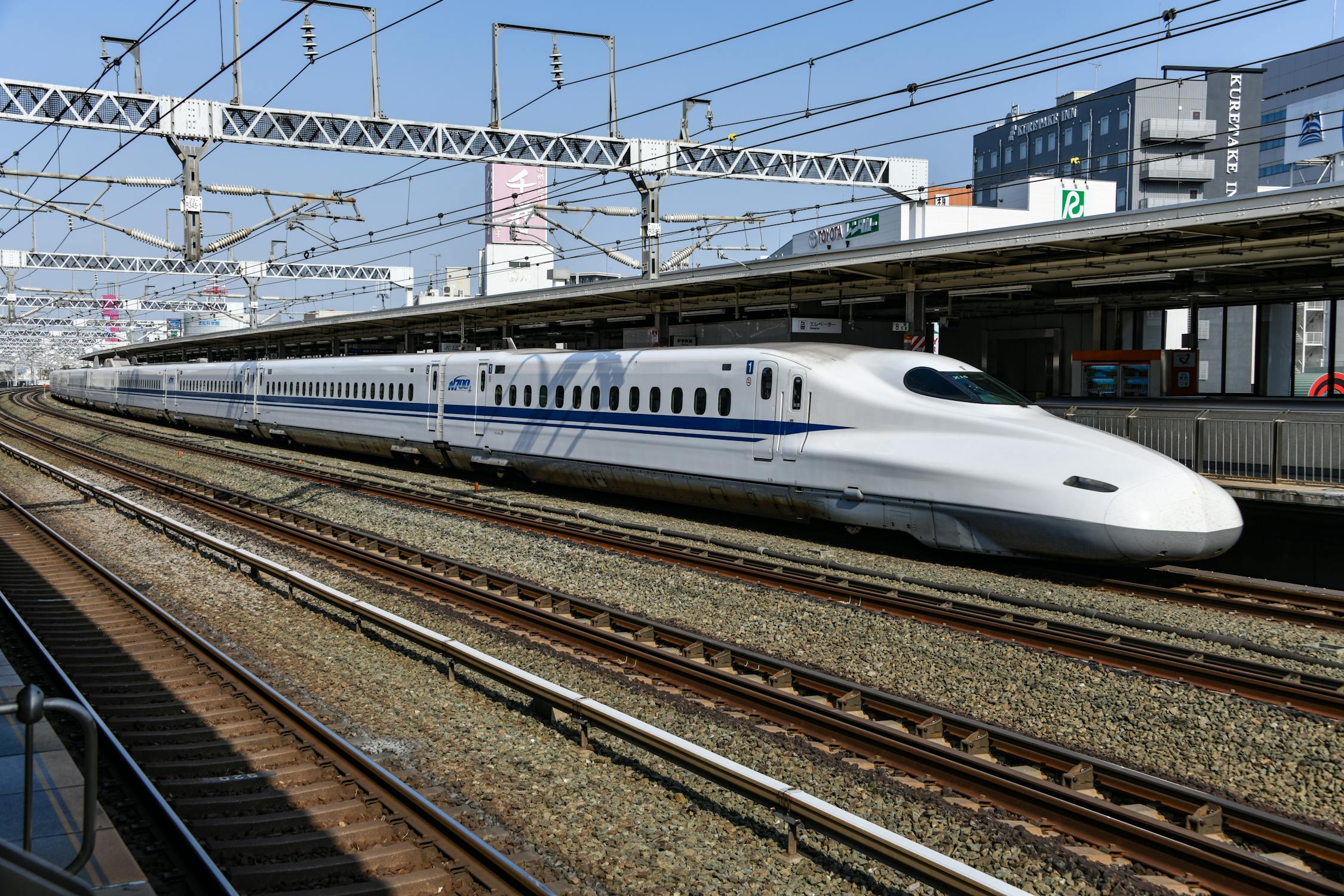ANNAPOLIS, Md. –Maryland lawmakers this session are debating their possible role in funding a high-speed rail project from Washington, D.C. to New York City, with some convinced the answer is clear: the state shouldn’t have any role at all.
Those who back the project continue to push for the construction of the Northeast Maglev, a high-speed rail that would run through Maryland on its course through the northeast.
But some Maryland lawmakers vow they won’t let the state pay for one inch of it. Del. Nicole Williams, D-Prince George’s, sponsored the measure this year that would have prohibited any state funding for the project, even though none has yet been requested.
“I felt like this project should not be built with their taxpayer money,” said Williams. “It’s a funding issue. It’s also an impact issue of the communities that it will traverse through.”
Maglev supporters consider it silly to debate a bill that would outlaw funding that no one has asked for. Williams’ no-funding bill is currently stalled in committee, leading some Maglev fans to conclude a majority of the Maryland General Assembly is supportive of their high-speed rail project.
“I think the fact that the bill has been turned down (several) times tells you that it’s not something that the General Assembly supports,” said Wayne Rogers, Chairman and CEO of the Northeast Maglev project. Similar measures have been introduced since 2021.
For years, the U.S. has debated the idea of a high-speed rail system like the Northeast Maglev that would travel from New York City to Washington D.C. in just an hour. Maryland’s leg of the trip would allow passengers to travel between Washington DC and Baltimore in just fifteen minutes, as opposed to the hour it currently takes.
High-speed transit is a popular concept, in theory. Some 63% of Americans said they would use high-speed trains if they were available in the U.S., according to a 2015 study by the American Public Transportation Association.
However, decades since the idea was first proposed, little progress has been made in constructing these high-speed railways. Lawmakers and advocates disagree about what’s preventing the project from making headway, though.
In the 1970s, Robert Embry, the former Baltimore Housing commissioner, was invited to Japan to study their new railroad technology known as magnetic levitation, a step up from bullet trains. Embry came back home and promoted the Maglev project in its earliest days.
“My view was that America’s ground transportation was inadequate and too slow and that this was the new technology,” Embry told Capital News Service.
Embry said that even today, this sort of high-speed rail could have a “significant benefit” to Maryland, encouraging tourism and commercial growth in Baltimore.
Connecting Washington and Baltimore via high-speed rail may not be so simple, though. First, getting federal funding requires an Environmental Impact Statement (EIS), said Embry. This comes from Maryland residents concerned with the project’s alignment and whether it travels through their communities.
Funding issues aren’t the sole reason the Maglev project hasn’t broken ground yet, according to Rogers, the Maglev CEO. The project has to go through a “review and approval process with 30 federal, state and local agencies” before it can get permitted.
The Maglev project, which would run mostly underground, would give commuters the opportunity to travel between Washington and Baltimore without the use of crowded roadways, Rogers said.
“We’re not 10 years behind on our infrastructure, we’re 50 years behind,” he said. “If we don’t do something, we’re drowning in congestion. We’re eliminating economic opportunities because we can’t even connect two cities that are 30 miles apart.”
As it stands, the Maglev project would not rely at all on state funding; it would be solely funded by Japanese private enterprise and U.S. government loan and grant programs. However, Maglev officials say they don’t want to rule out the possibility if the project faces funding concerns in the future.
“While this project is not immediately requesting dollars from the state, the conversation is about the possibility of – in the future – the state supporting the project financially,” said Maglev advocate Adrian Harpool of the Maryland Minority Business Counts Initiative.
Supporters of the project emphasized the need to keep improving transit options in Maryland.
“The bill would signal that the state is closed to innovative, future-oriented solutions to worsening transportation challenges,” said Ian Rainey, senior vice president of the Baltimore-Washington Rapid Rail.
While a high-speed rail might be needed in some parts of the U.S., some question whether it’s necessary in Maryland.
The sponsor of the Senate version of the bill, Sen. Alonzo T. Washington, D- Prince George’s, said there are opportunities for high-speed rail elsewhere in the country, but he opposes the project in Maryland.
“It is not needed. We believe the MARC train is doing exactly what this project is trying to do,” Washington said in the Senate bill hearing.
Del. Williams said she plans to keep bringing up her no-funding bill until it passes. “I will continue to fight for this issue.”

